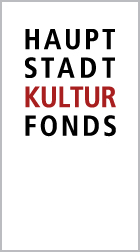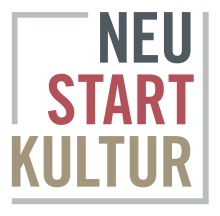
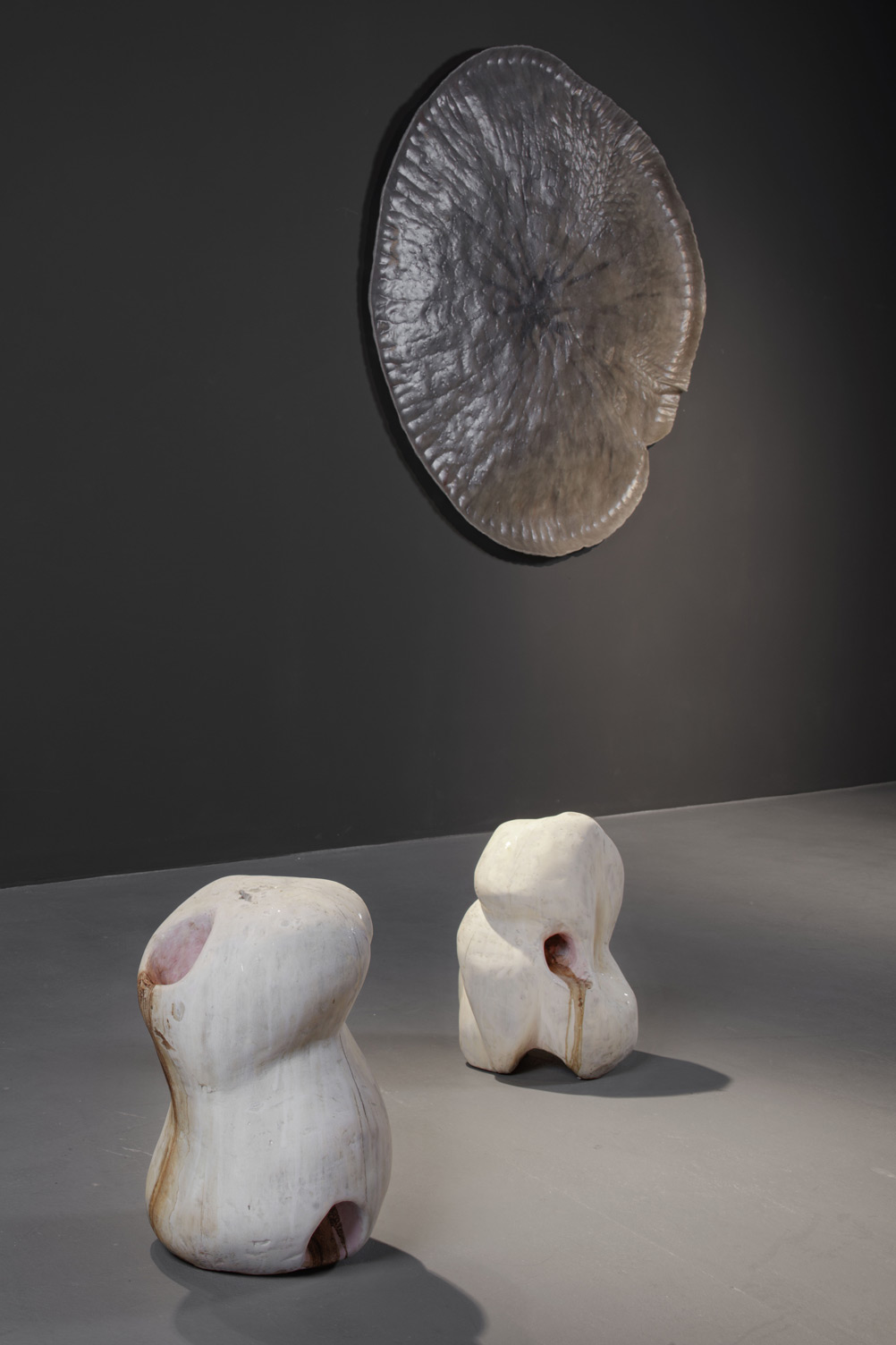

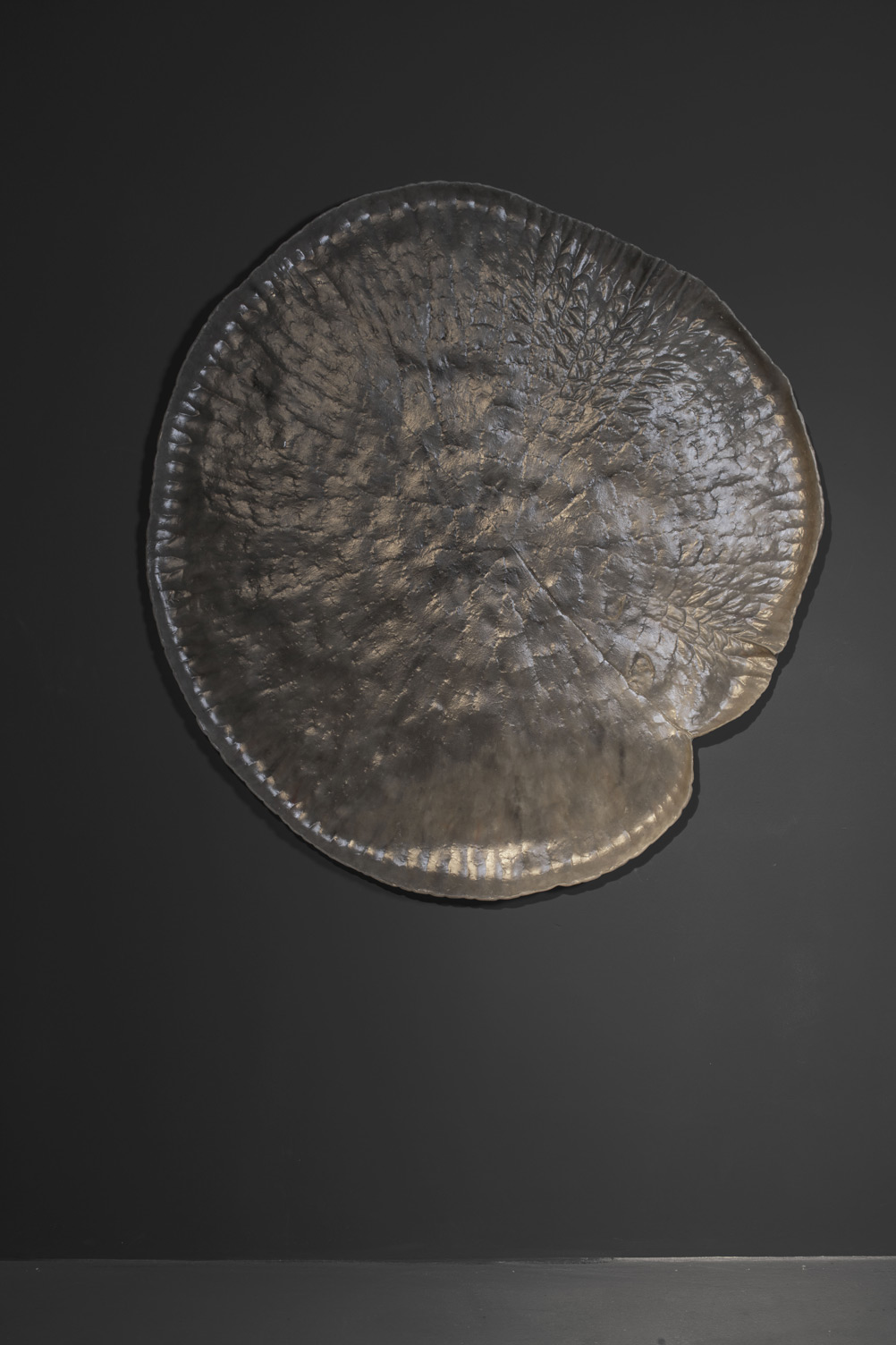
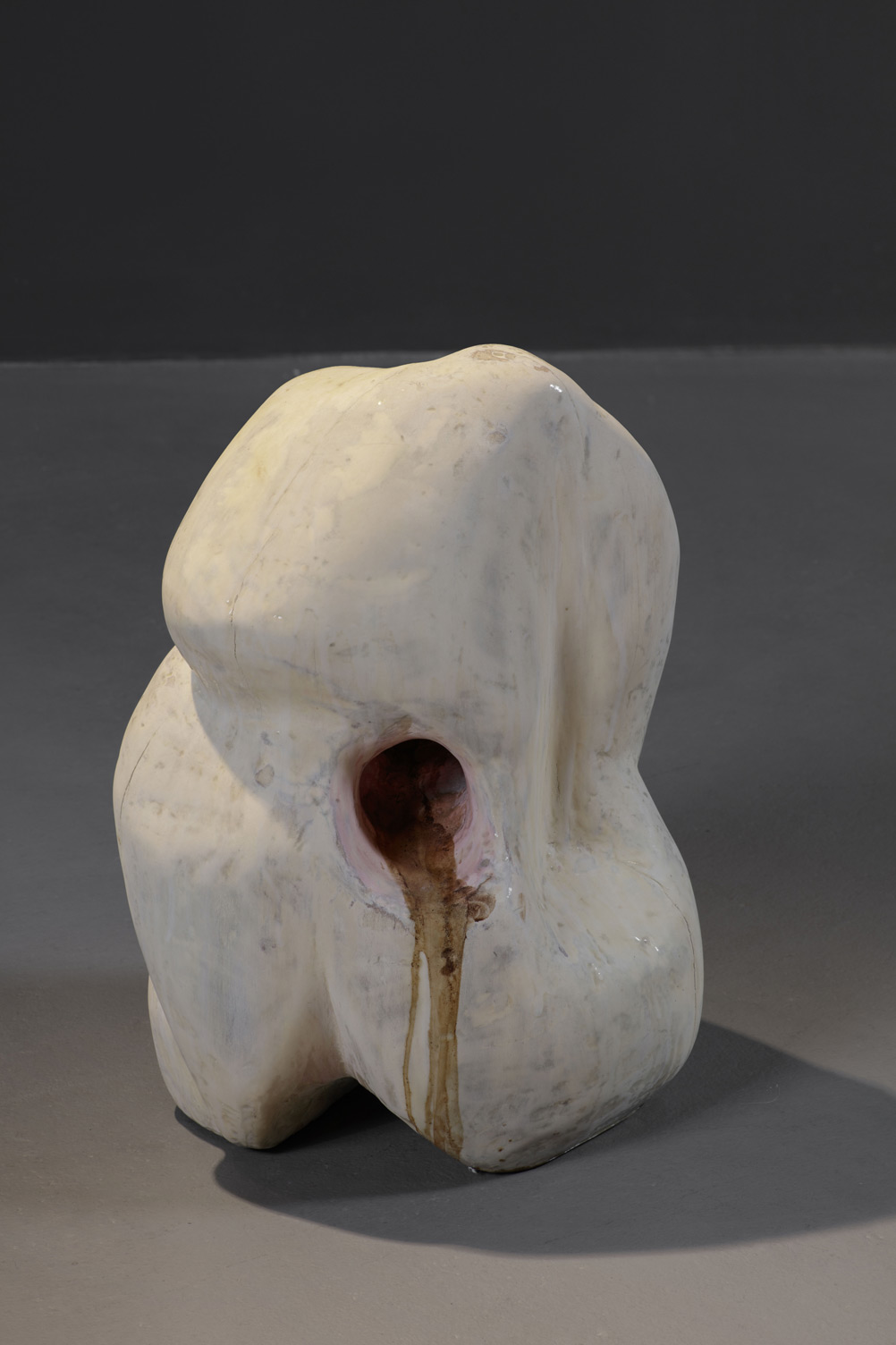
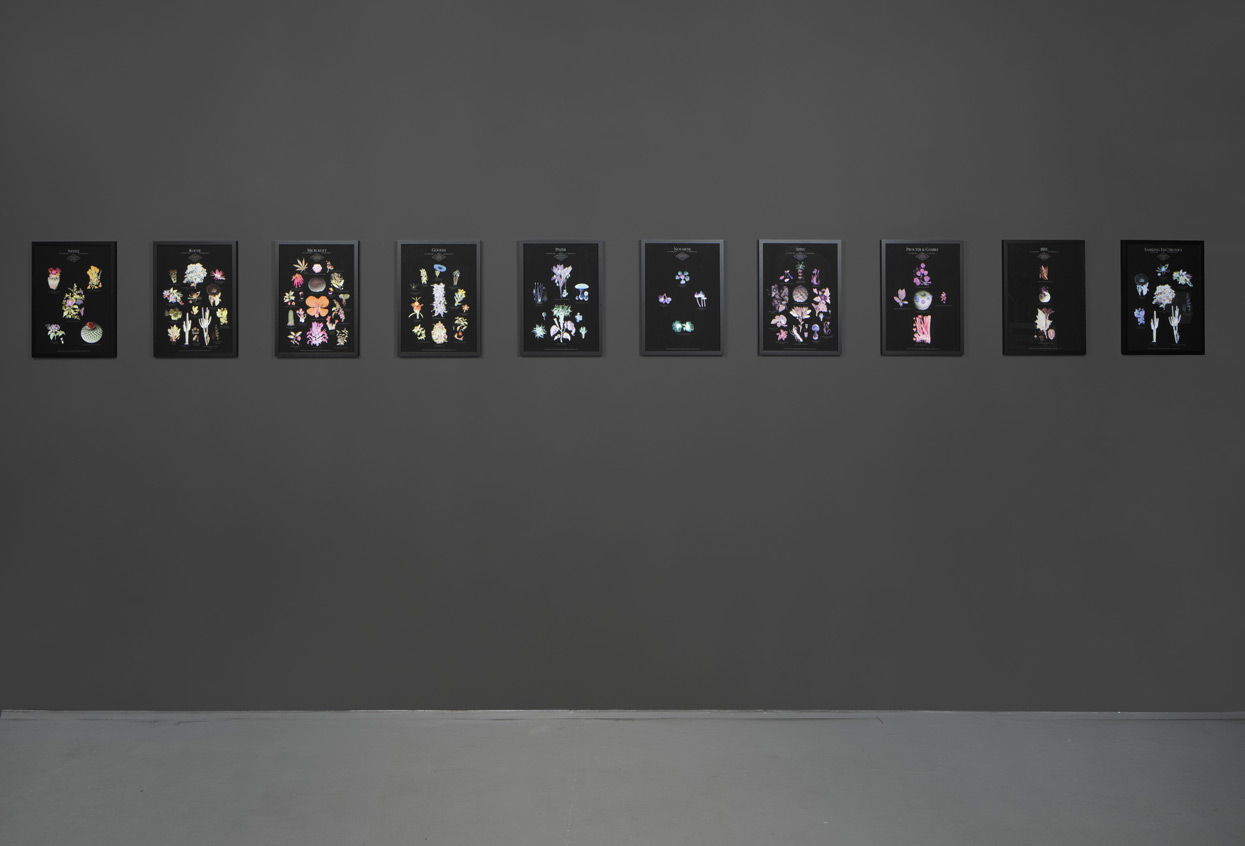

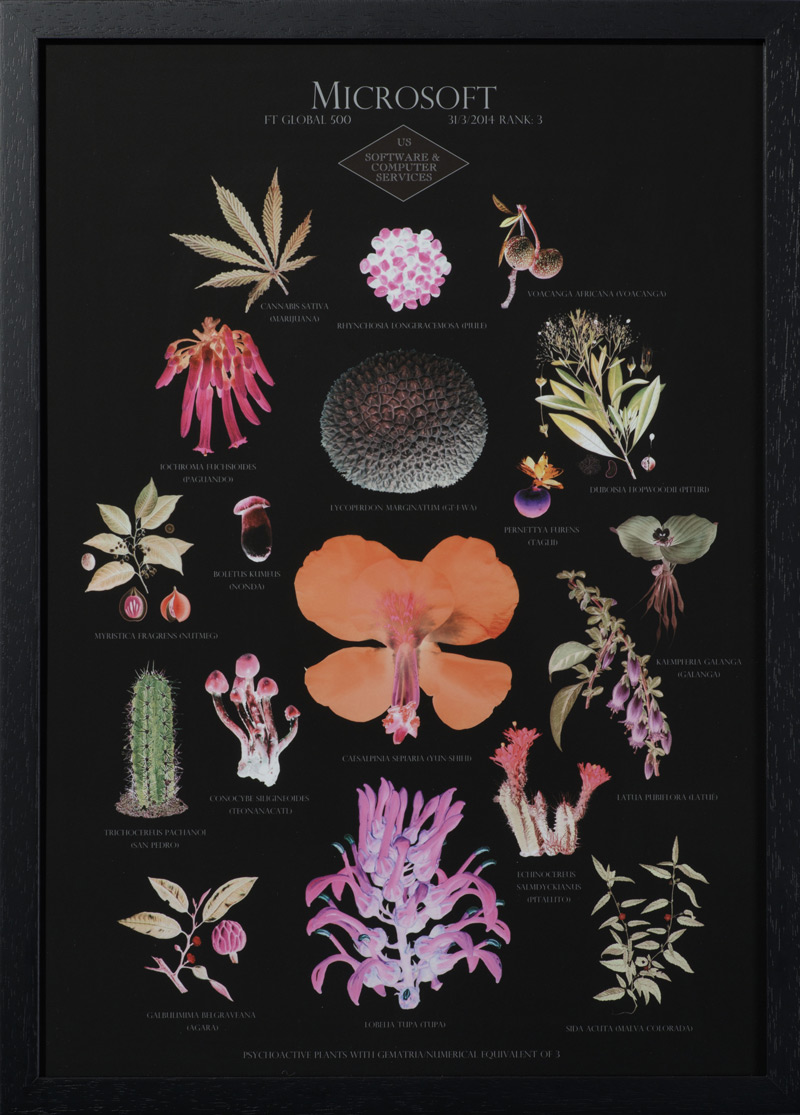
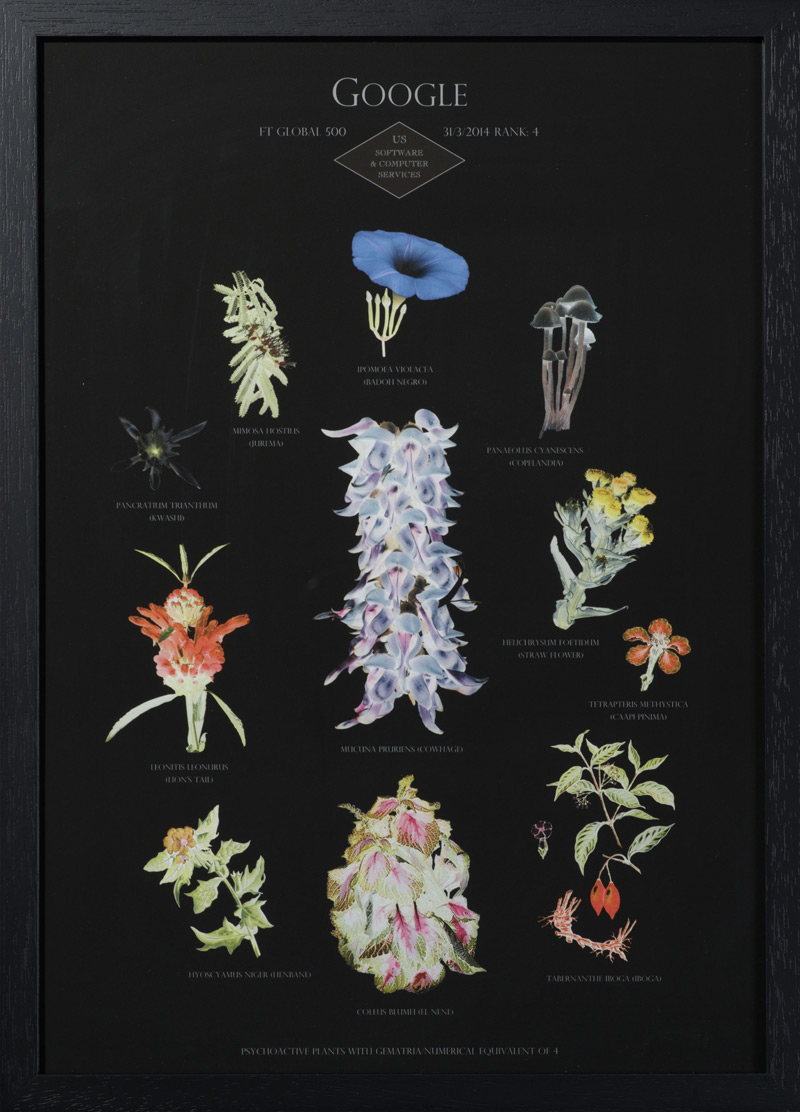
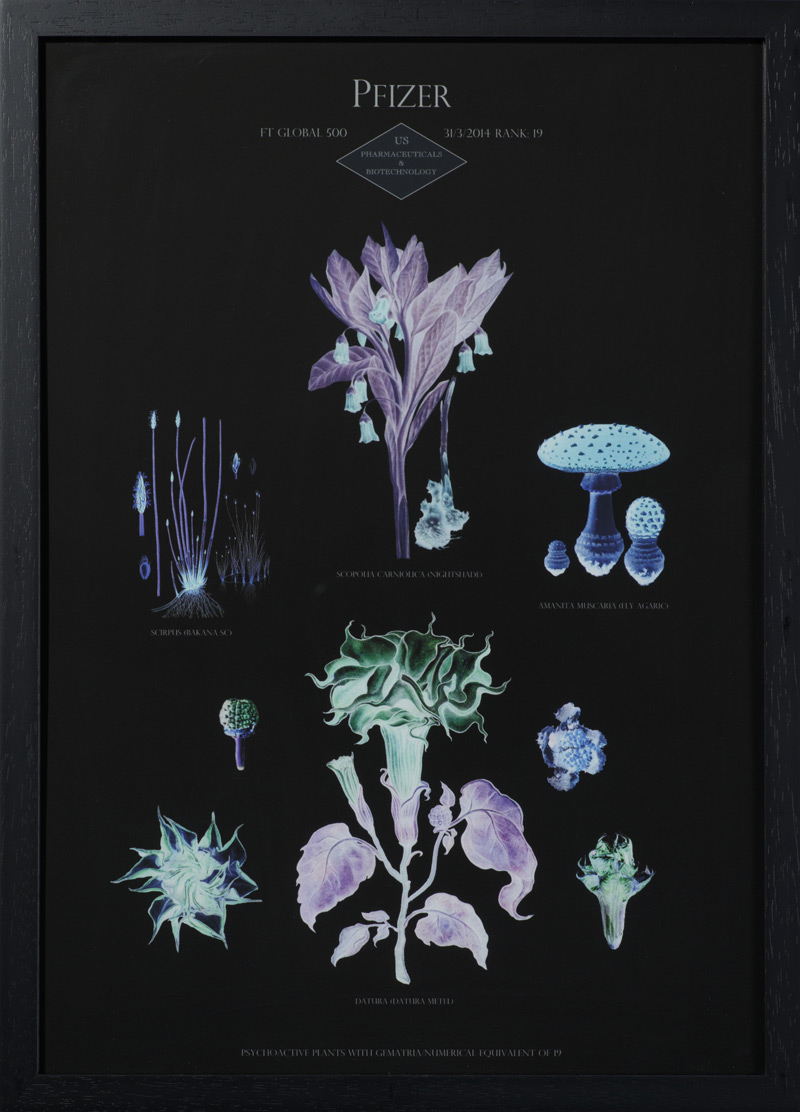

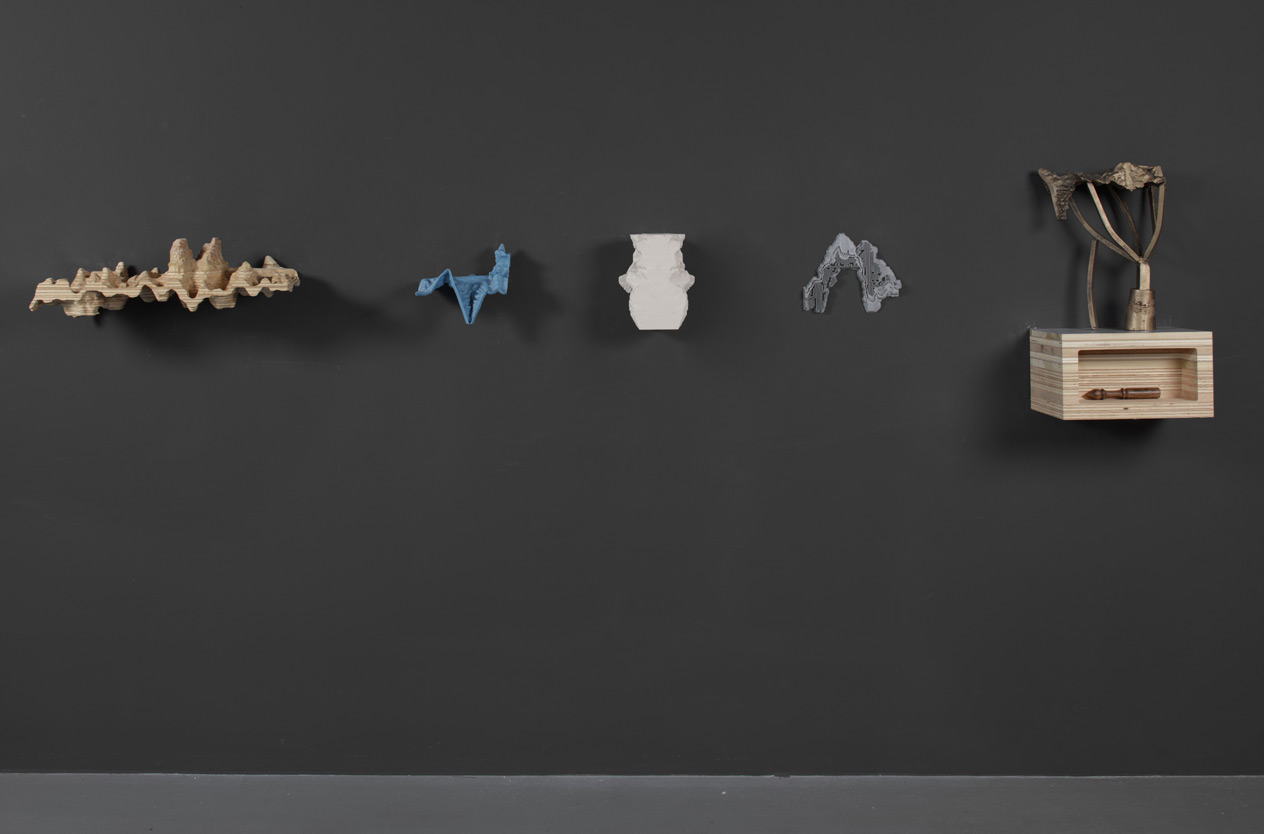

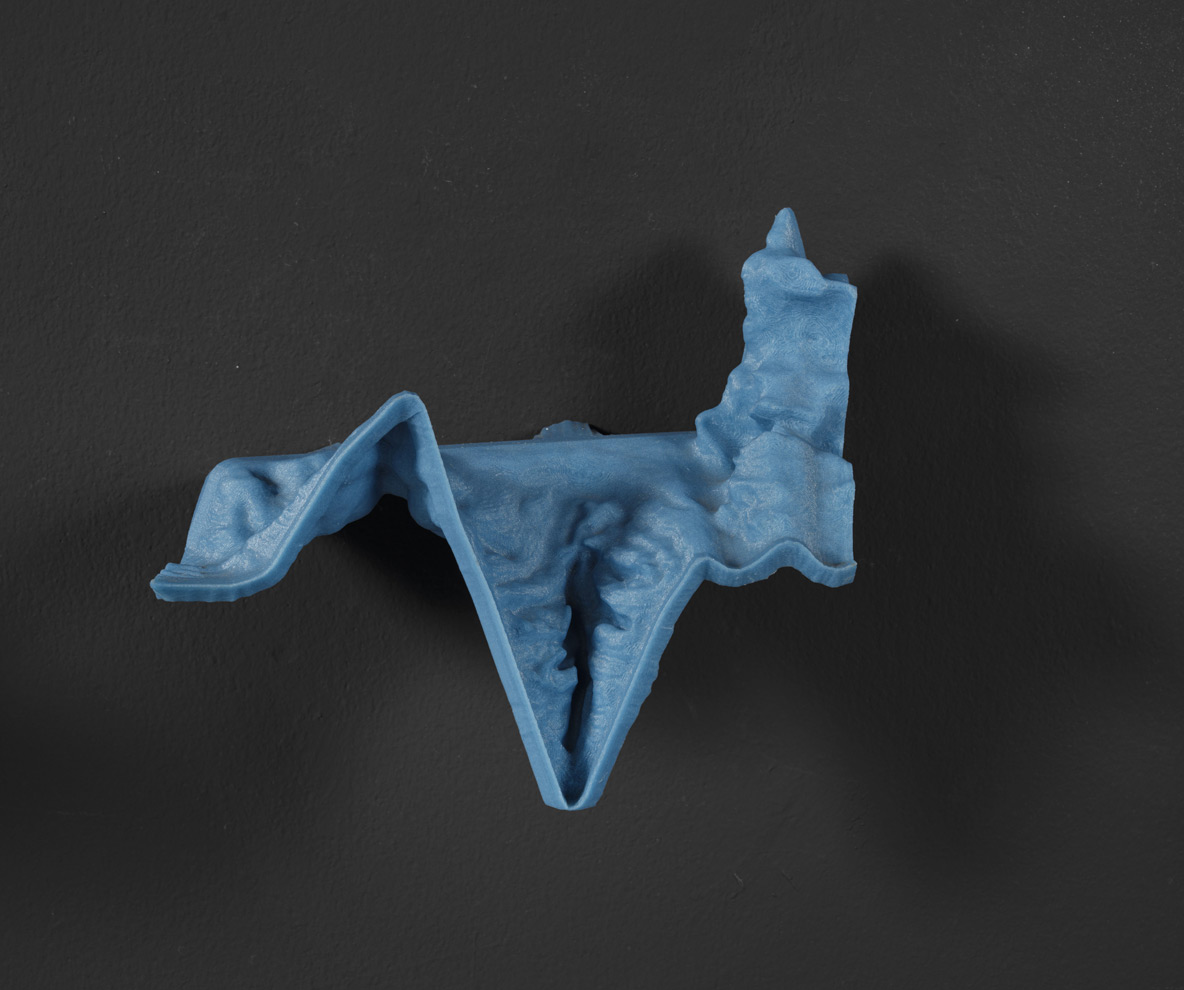
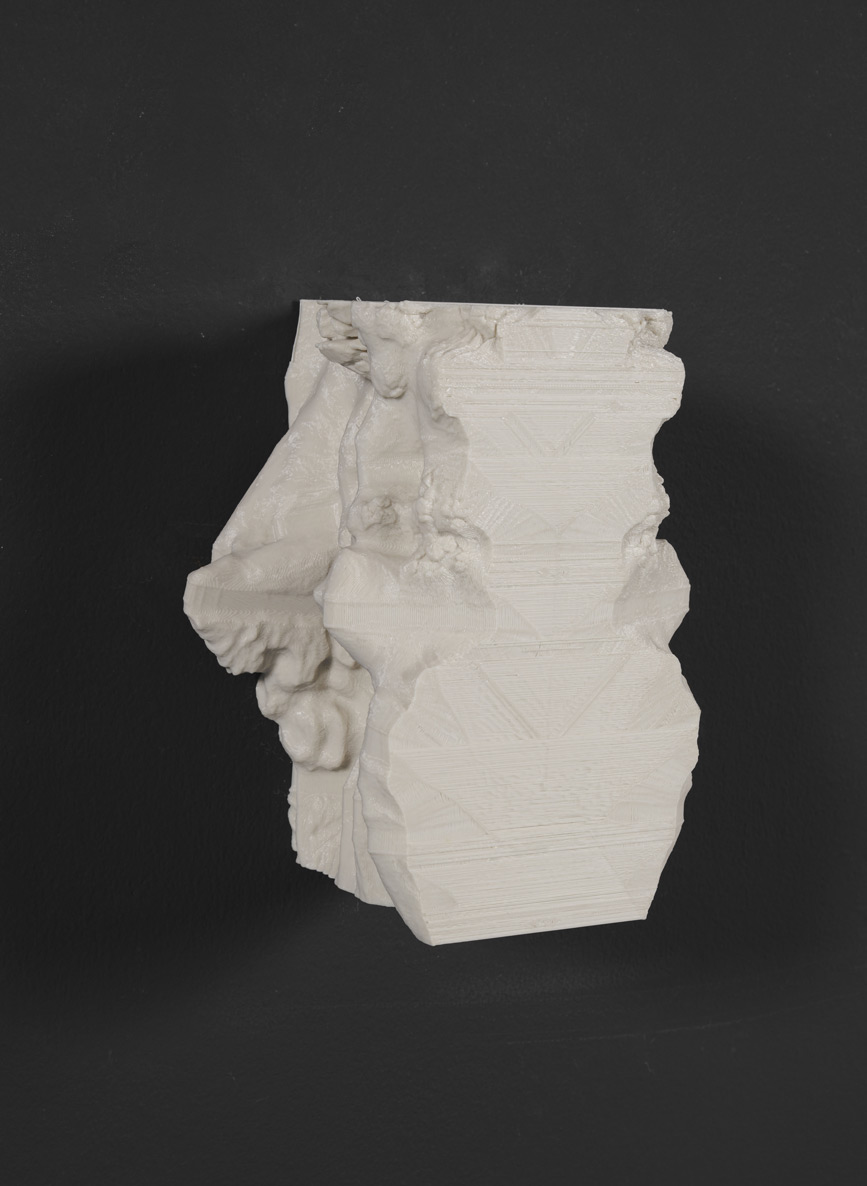
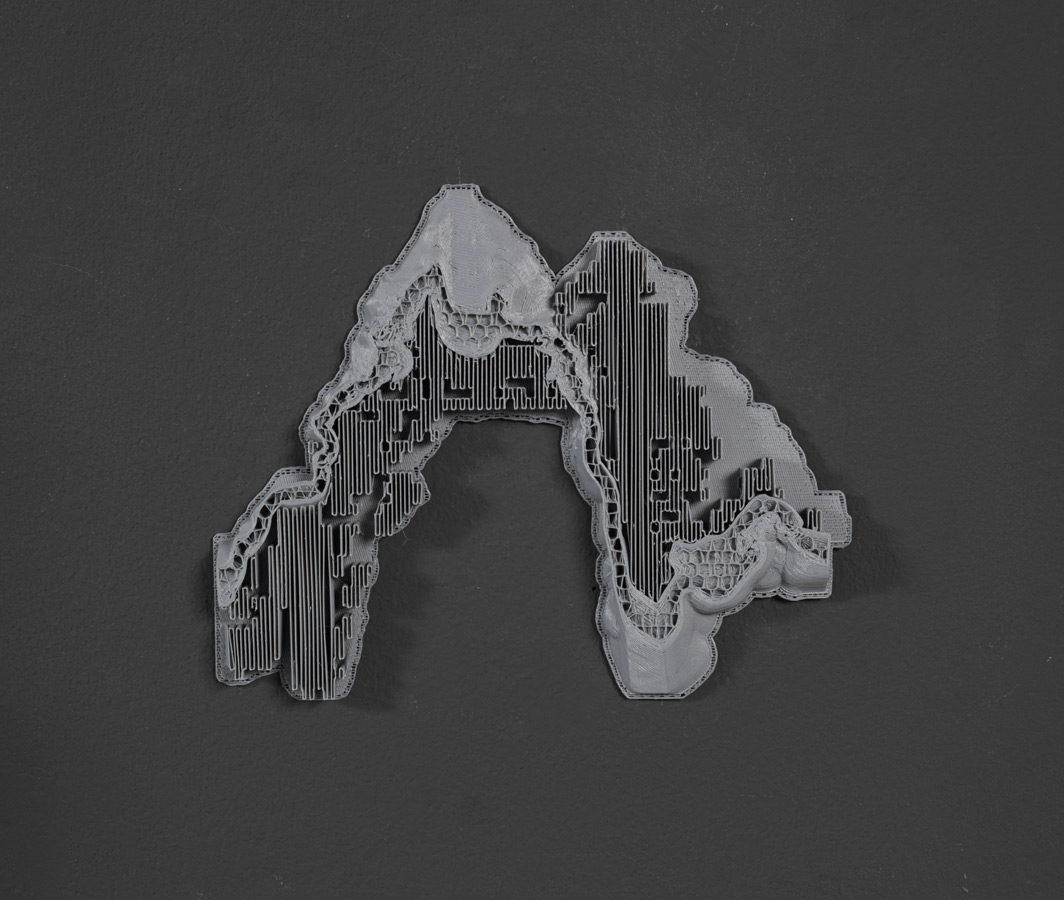

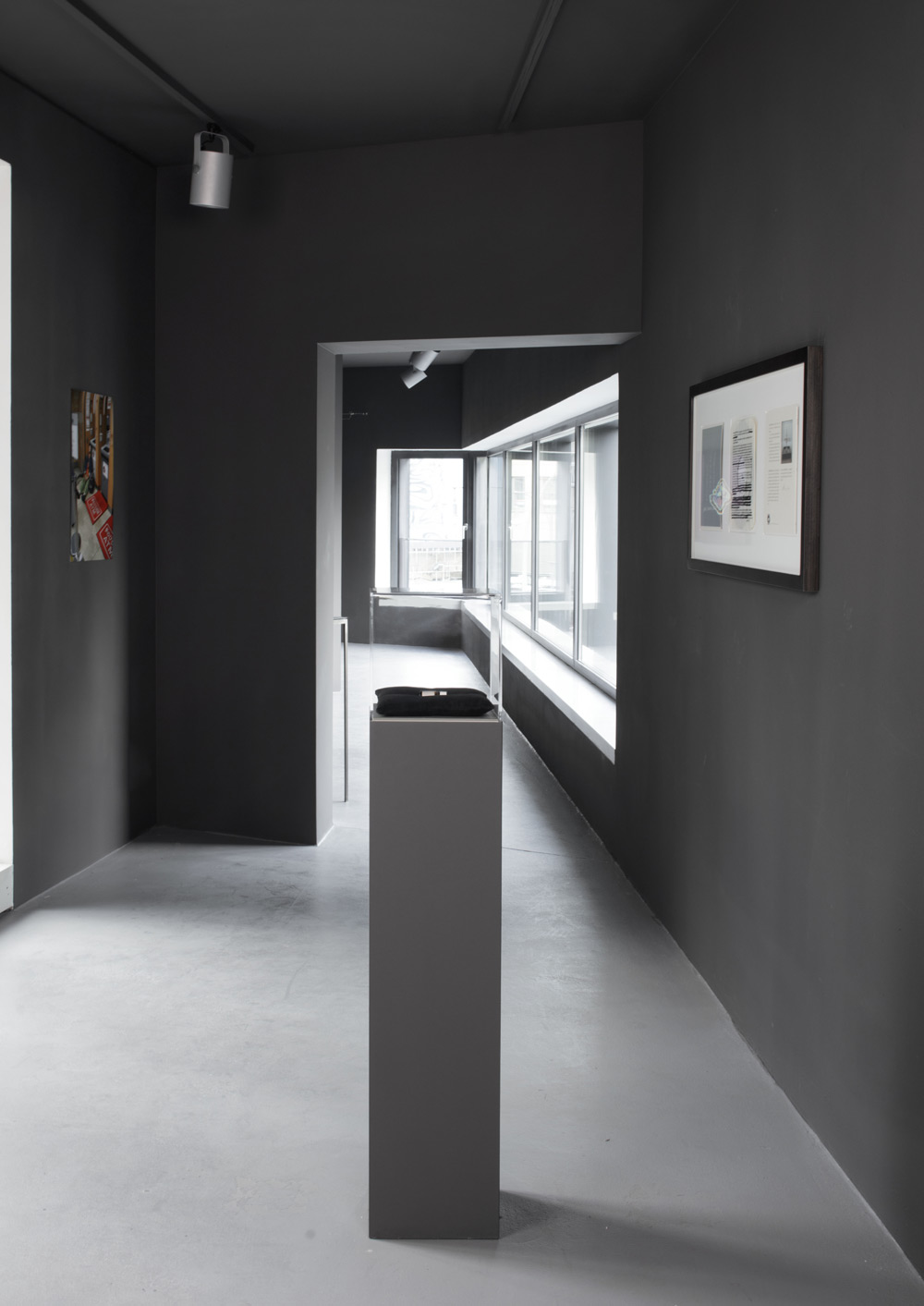


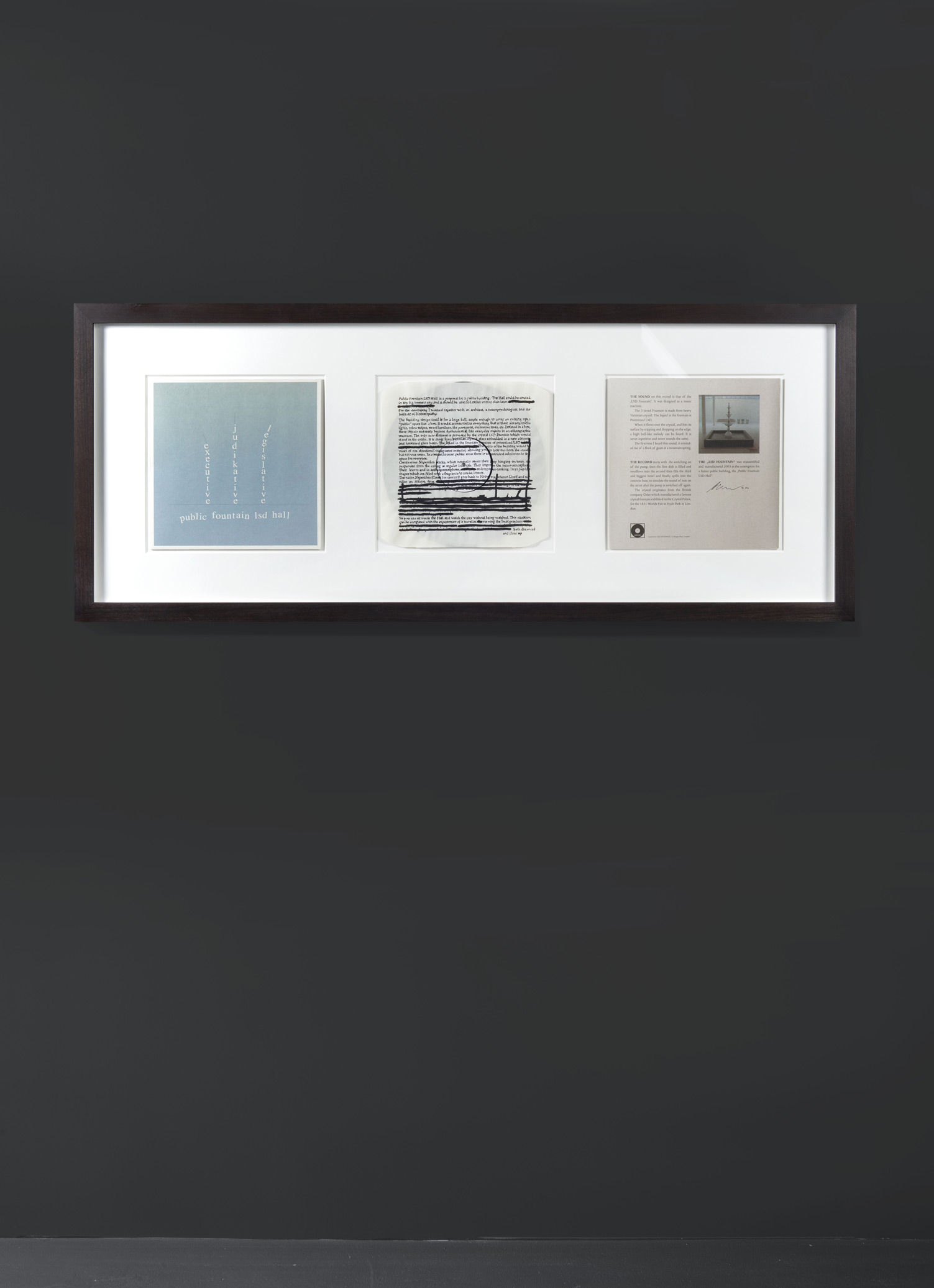

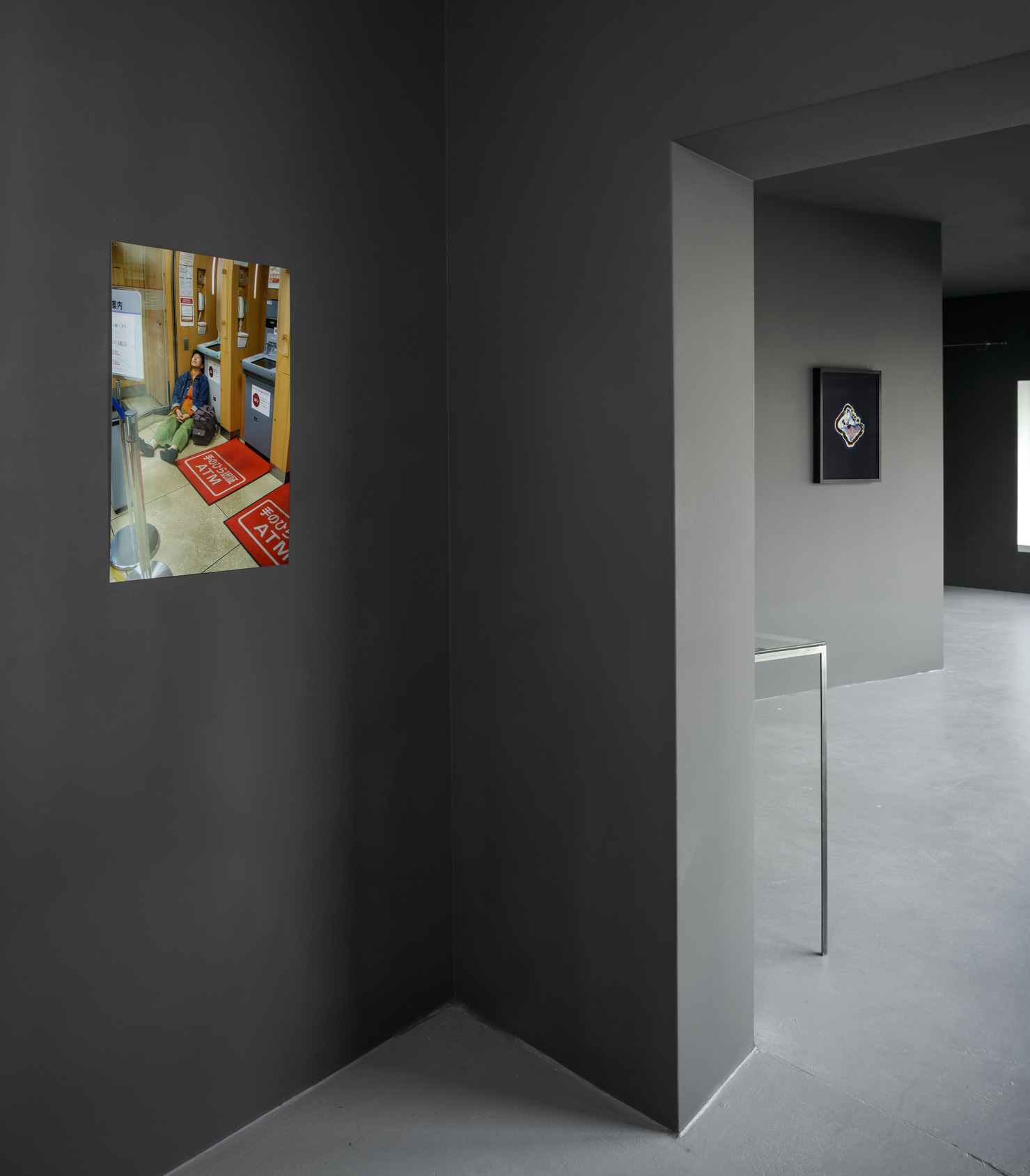
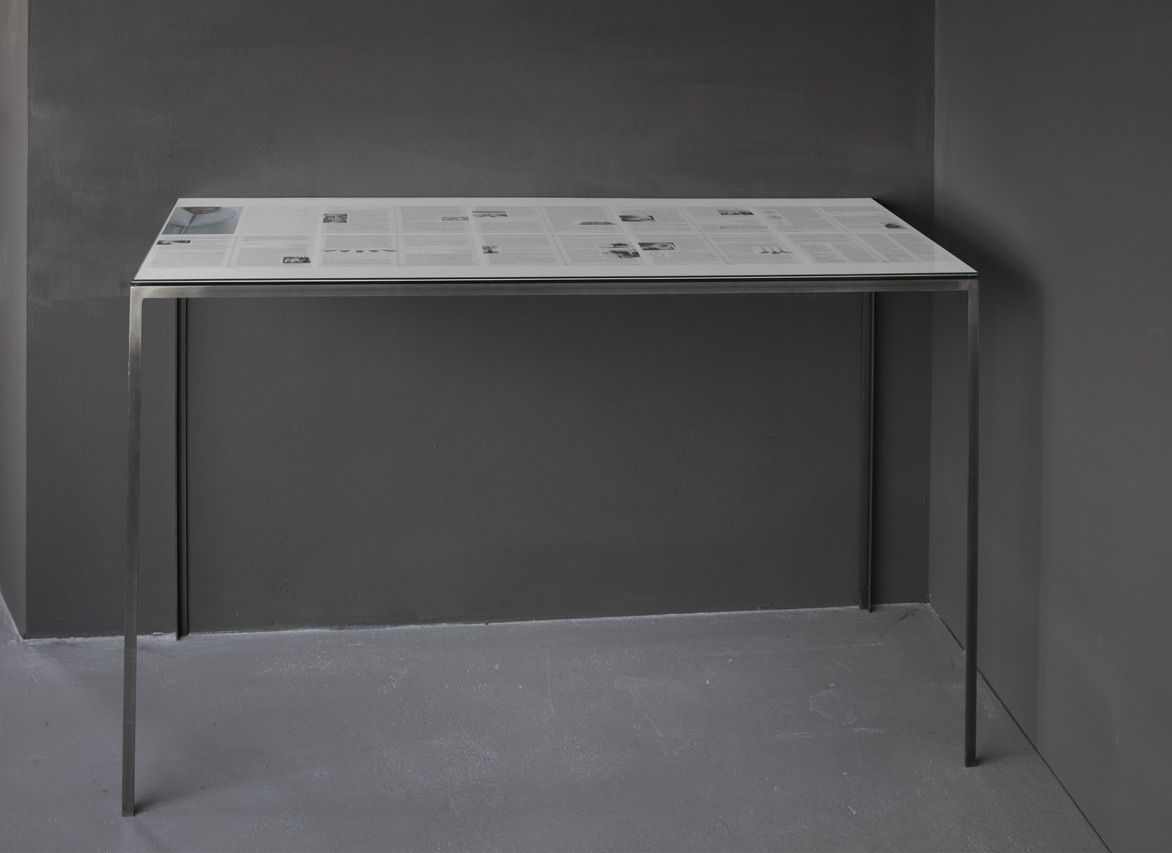
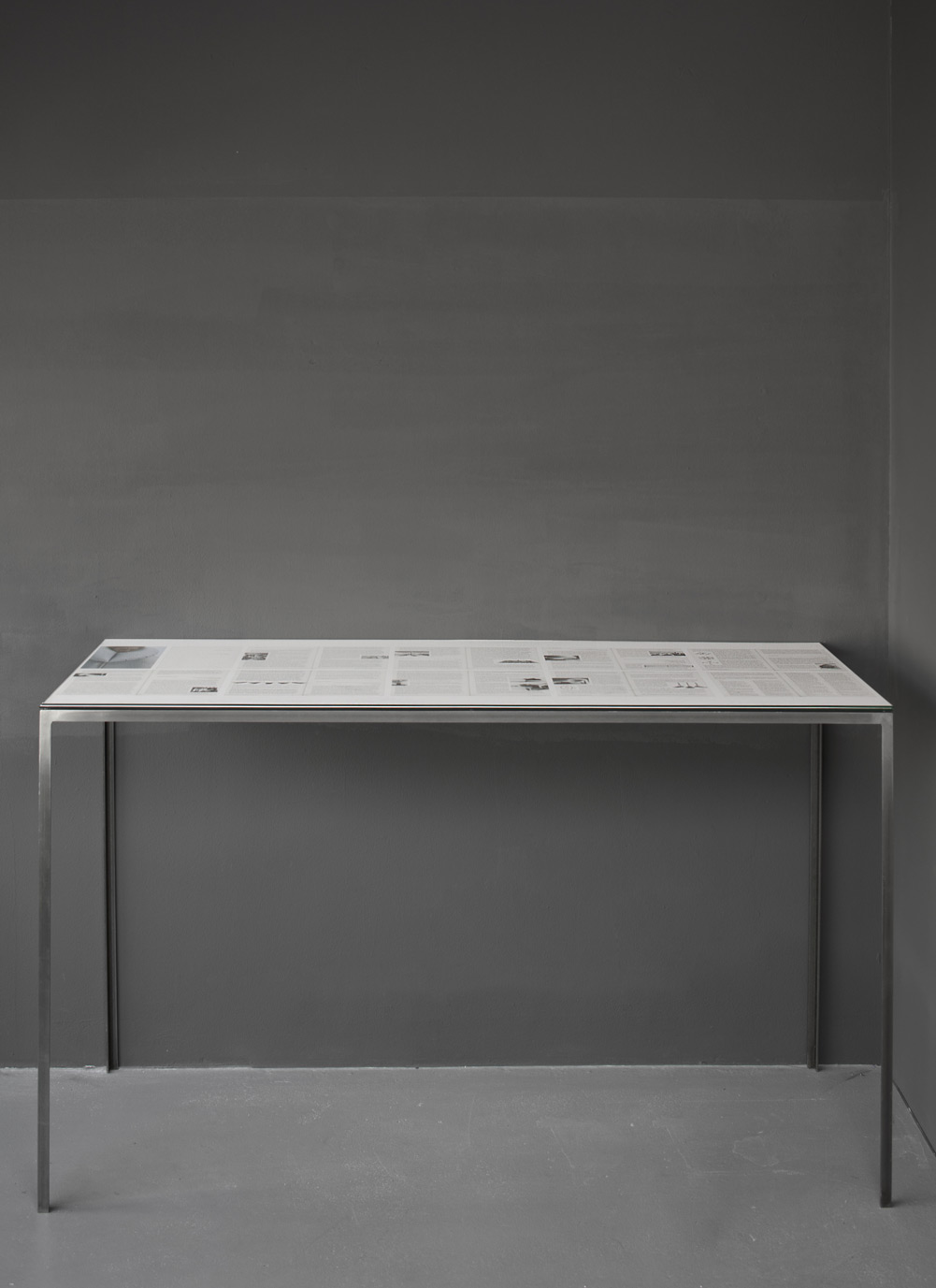
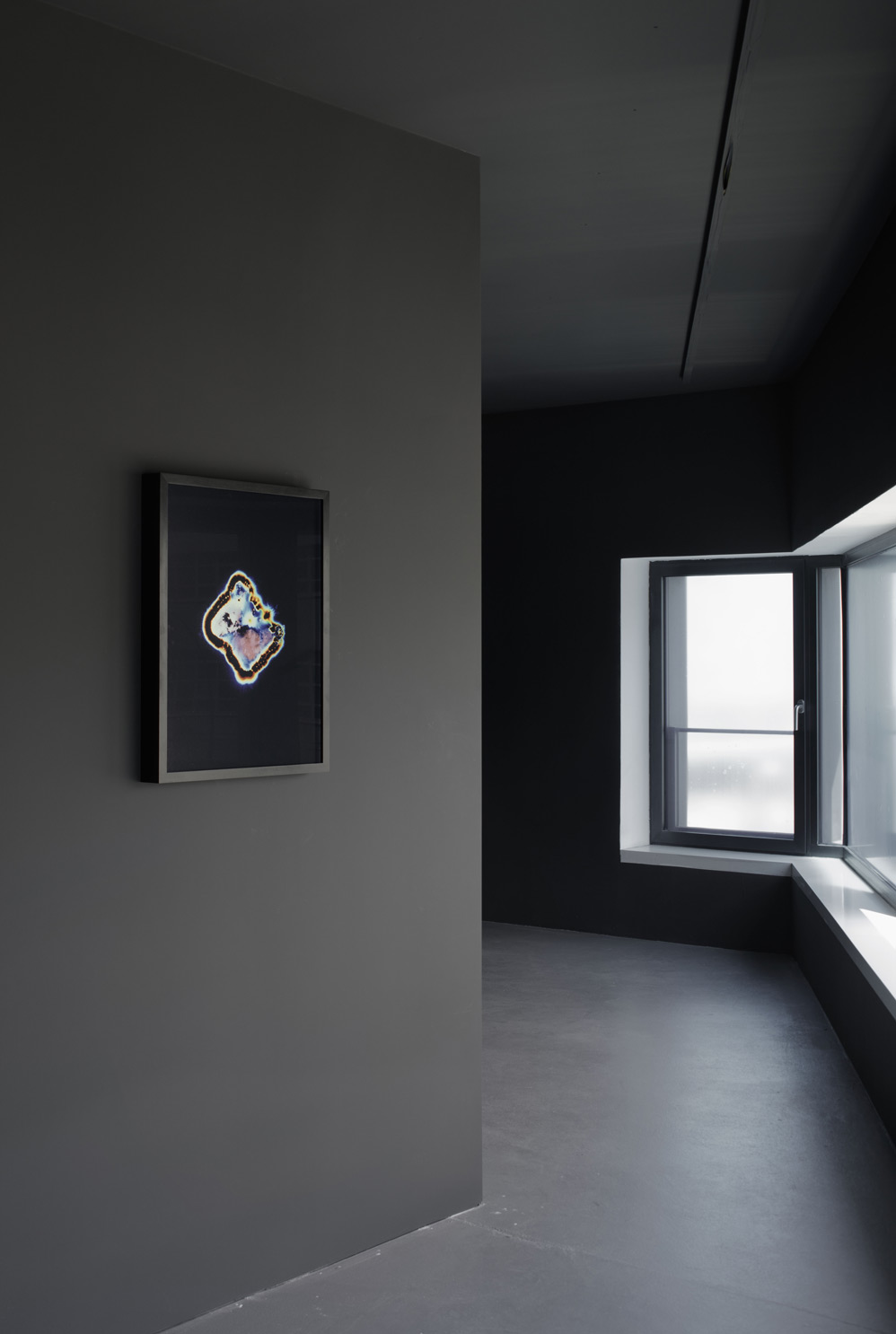

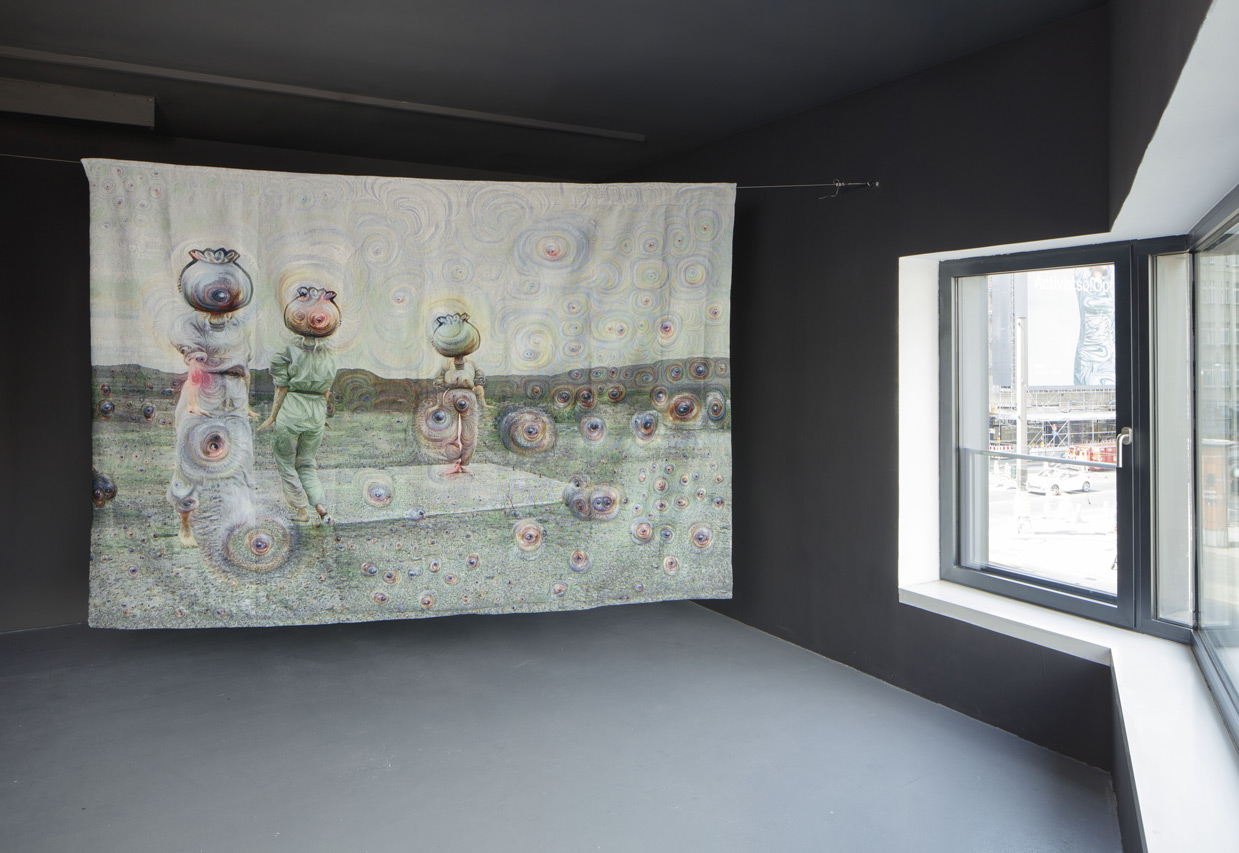

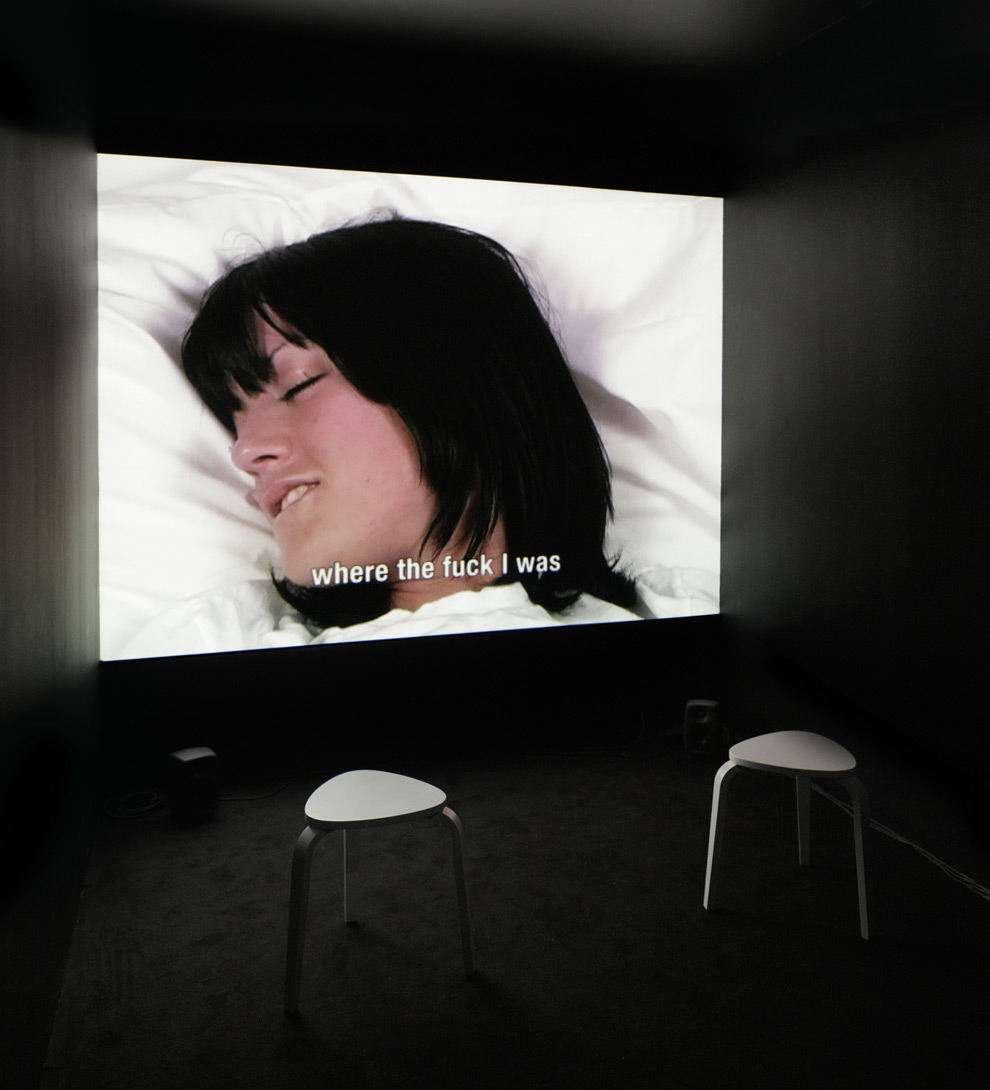


In der Ausstellung gilt FFP2-Maskenpflicht. Sie können sich vor Ort registrieren oder ihren Besuch unter visit@rosa-luxemburg-platz.net anmelden.
Mehr unter: https://www.artforum.com/slant/erik-morse-on-neuroaesthetics-86123
ACTIVIST NEUROAESTHETICS findet im Laufe des Jahres 2021 an wechselnden Orten rund um den Rosa-Luxemburg-Platz statt (weitere Informationen hier: https://activistneuroaesthetics.art/). Das Programm begann am 5. und 6. März mit einem Online-Symposion. Es wirft ein Schlaglicht auf künstlerische Forschung und Aktivismus im Bereich der Neuroästhetik, um der neoliberalen Vereinnahmung dieses Feldes entgegenzuwirken, wie sie derzeit in ganz Deutschland und auch in Berlin in vollem Gange ist. Die sogenannte ‚Positivistische Neuroästhetik‘ benutzt Forschung, um neoliberale Neuroökonomien voranzutreiben. In diesen geht es darum, kognitive Arbeit auf eine Weise zu optimieren, bei der Pharmazeutika wie Ritalin und Big Data ein unheilvolles Bündnis eingehen, um flexible, normierte Arbeitskräfte zu formen. ‚Aktivistische Neuroästhetik‘ hingegen nutzt die Geschichte der Kunstproduktion (ihre Räume und Zeitlichkeiten), um einen Gegen-Diskurs über Wahrnehmung und Kognition zu initiieren. Ihr geht es um die Ko-Evolution von Ereignissen innerhalb und außerhalb des Gehirns, und nicht zuletzt um die Erweiterung – nicht Normierung – unserer kognitiven Fähigkeiten.
ACTIVIST NEUROAESTHETICS
Die Ausstellung ‚Activist Neuroaesthetics‘ gliedert sich in drei Teile: ‚Brain Without Organs‘, ‚Sleep and Altered States of Consciousness‘ und ‚Telepathy and New Labour‘. Die einzelnen Ausstellungen finden nacheinander vom 1. Mai bis zum 21. August 2021 in unseren Räumen statt. Sie spielen flexibel ineinander, so dass sich vielfältige Anknüpfungspunkte und Resonanzen entspinnen werden.
Part 2: Sleep and Altered States of Consciousness
kuratiert von Warren Neidich und Susanne Prinz
mit Arbeiten von Elena Bajo, Katie Grinnan, Karen Lofgren, Tino Sehgal, Jeremy Shaw, Suzanne Treister, Rosemarie Trockel, Klaus Weber und Sakiko Yamaoka
Sleep and Altered States of Consciousness ist der zweite von drei Akten in einer Ausstellungschoreographie, die Auswirkungen laufender technologischer Transformationen auf das menschliche Bewusstsein erforscht und seine verschiedenen sozialen und kulturellen Ausdrucksformen und Permutationen offenlegt.
Es ist ein schmaler Grad, der das Schlaferlebnis von anderen veränderten Bewusstseinszuständen trennt, da sowohl der Schlaf als auch die Einnahme psychoaktiver Substanzen vorübergehende Veränderungen des normalen mentalen Zustands bewirken. Diese Nähe spielt auch in Andrej Tarkowskis Film Solaris (1972) eine Rolle, der die Auswirkungen von Massenschlaflosigkeit untersucht, die durch eine rund um die Uhr beleuchtete Umgebung verursacht wird und zum Zusammenbruch der kognitiven Kontrolle führt, die durch Halluzinationen und anhaltende Geistererscheinungen gekennzeichnet ist.
Die Arbeiten in der Ausstellungen zeigen auf unterschiedliche Weise auf, wie sich Schlaf und alternative Bewusstseinszustände hartnäckig Prozessen der Subjektivierung und Verwertung entziehen und lange Zeit nicht kontrollierbare Rückzugsort vor den Zwängen des Spätkapitalismus blieben.
Teil 3: Telepathy and New Labour, 24.Juli – 21.August 2021
FFP2-masks are required in the exhibition. To visit you can register on site or here : visit@rosa-luxemburg-platz.net
ACTIVIST NEUROAESTHETICS takes place at various venues on Rosa-Luxemburg-Platz over the course of 2021 (for further information click here: https://activistneuroaesthetics.art/ ). The program kicked-off with an online symposion on March 5th and 6th. Through this programming we aim to re-center artist-led activity in neuroaesthetics in order to counter the neoliberal tendencies in the field that are currently prominent throughout Germany, including Berlin. In what is referred to as a Positivist Neuroaesthetics approach, research feeds back into and reinforces neoliberal neural-based economies aimed at optimizing cognitive labor where pharmaceuticals like Ritalin are combined with Big Data to create a flexible, normalized workforce. Activist Neuroaesthetics uses its own history of art production, spaces, and temporalities to produce an alternative discourse concerning perception and cognition where events going on inside and outside the brain coevolve together – and our cognitive abilities are expanded, rather than normalized.
ACTIVIST NEUROAESTHETICS
The exhibition ‚Activist Neuroaesthetics‘ is divided into three parts: ‚Brain Without Organs‘, ‚Sleep and Altered States of Consciousness‘ and ‚Telepathy and New Labour‘. The individual exhibitions will take place in our space from May 1st to August 8th, 2021. Their designation is not hard-edged but fuzzy. One can imagine multiple links and confluences that bind them together.
Part 2: Sleep and Altered States of Consciousness
curated by Warren Neidich and Susanne Prinz
with works by Elena Bajo, Katie Grinnan, Karen Lofgren, Tino Sehgal, Jeremy Shaw, Suzanne Treister, Rosemarie Trockel, Klaus Weber und Sakiko Yamaoka
Sleep and Altered States of Consciousness is the second of three acts in an exhibition-play that unpacks and explores the effects that new technological transformations might have on human consciousness and its various social and cultural expressions and permutations. There is a thin veil that separates the experience of sleep from altered state of consciousness as both sleep and the ingestion of psychoactive substances induce temporary changes in one’s normal mental state. This adjacency is expressed in Andrei Tarkovsky’s film Solaris (1972) which explores the effects of mass insomnia caused by a 24/7 lit environment that leads to a breakdown of cognitive control characterized by hallucinations and the experience of ghosts. This exhibition also understands how sleep and alternative states of consciousness remain stubbornly aloof from processes of subjectification and commodification defining, as it does, the edge of the next neoliberal frontier. As Jonathan Crary has described in 24/7: Late Capitalism and the Ends of Sleep (2013), “sleep poses the idea of a human need and interval of time that cannot be colonized and harnessed to a massive engine of profitability.” Psychoactive drugs take this one step further by expanding experience and consciousness, and, as a result, produce new and sublime forms beyond capitalism’s grasp.
In cognitive capitalism, the brain and mind are the new factories of the 21st century and the neural commons is under assault. One of its key conditions is the amplification of already existing 24/7 markets and their global infrastructure for continuous work and consumption, especially its relation to data production and collection. Through new processes of reification, human beings become linked to these new technological processes of depersonalization and self-administration. For instance, billions of dollars are being spent to research various means to reduce decision-making time and to create virtual environments that engage attention more intensely, as well as to reduce the lost time of useless reflection, all in the name of increasing cognitive surplus labor. This externalization and commoditization, which is the essence of what Shoshana Zuboff calls the Big Other, needs to be understood as the next step on the horizon in a procession towards the commodification of sleep and other alternate states, as well as the coming advancement of a broad range of telepathic techniques of which brain-computer interface technology is just one example.
As we saw in the first part of this Activist Neuroaesthetics exhibition, the brain without organs is one apparatus at odds with this future conundrum, and the brain’s neural variation and it’s neural plasticity form its toolbox. Foundational for this exhibition is the role of psychedelic drugs, especially ayahuasca, in estranging and retro-engineering the organization of a sculpted and politicized semiotic brain. In cognitive capitalism, the attention economy is essential to the production of valorization and its neurobiological analogue salience. As such, ayahuasca’s newly found popularity might offer a reprieve from the subjugating effects of advanced data surveillance and normalization that depend upon coherent, consistent and patterned interactions with the world wide web and its machinic algorithmic intelligence. Might this system be put in jeopardy by the effects of drugs that alter perception, produce hallucinations and drive the mind back into self-reflective contemplation? Ayahuasca’s effect upon divergent thinking and enhanced mindfulness-related capacities are cases in point that affect our free choices and the production of a future full of chance encounters. Sleep and Altered States of Consciousness reopens the future that has been denigrated in cognitive capitalism.
Suzanne Treister, Technoshamanic Systems, New Cosmological Models for Survival: http://www.suzannetreister.net/TechnoShamanicSystems/TSS/TSS_M.html
Part 3: Telepathy and New Labour, July 24th – August 21st 2021
The project is supported by Haupstadtkulturfonds, and StediStiftung. The installation by Warren Neidich was made possible with funds from the Neustart program of the Stiftung Kunstfonds.
